Throughout history, humanity has faced numerous periods of intense fear and suffering. From pandemics that decimated populations to wars that left nations in ruins, these eras tested the resilience of those who lived through them. Let’s check out the scariest times to have been alive, revealing the true horrors faced by our ancestors.
The Black Death
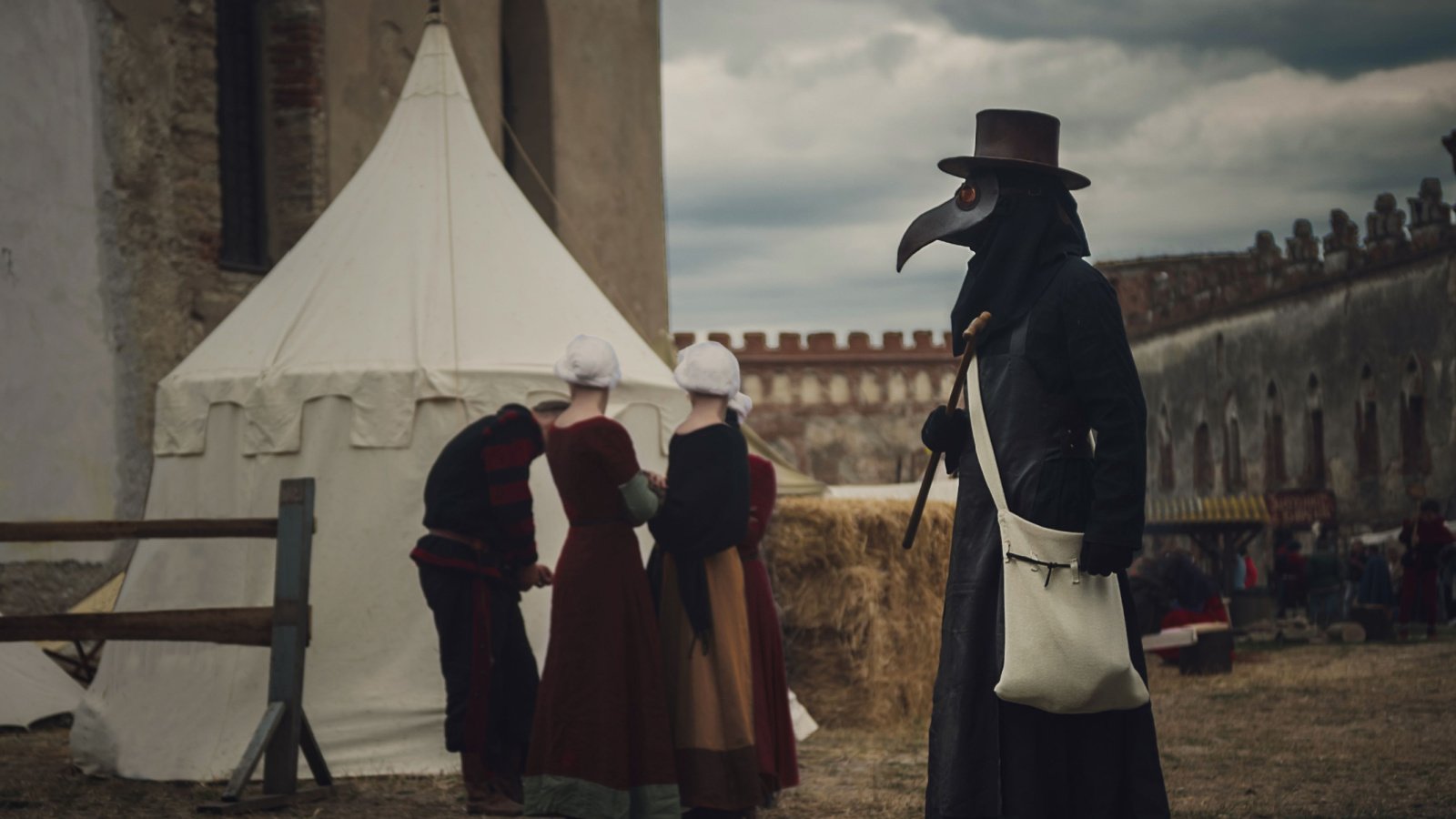
The Black Death, which ravaged Europe from 1347 to 1351, killed an estimated 25 to 30 million people, about a third of the continent’s population. This devastating plague spread rapidly, leaving entire towns deserted and collapsing economies. The fear and uncertainty were compounded by the lack of medical knowledge and effective treatments.
The Plague of Justinian

The Plague of Justinian (541-542 AD) killed an estimated 25 to 50 million people, weakening the Byzantine Empire. This early bubonic plague pandemic caused social and economic turmoil, decimating populations. Its recurrence over the following centuries continued to impact Europe and Asia.
The Taiping Rebellion

The Taiping Rebellion (1850-1864) in China resulted in the deaths of 20 to 30 million people. This massive civil war, led by the Taiping Heavenly Kingdom against the Qing Dynasty, caused widespread destruction and upheaval.
The Atlantic Slave Trade

The Atlantic slave trade, spanning from the 16th to the 19th century, forcibly transported millions of Africans to the Americas. Enslaved individuals faced brutal conditions during the Middle Passage and harsh lives of forced labor. The legacy of this inhuman trade continues to impact societies today.
The Holocaust

From 1941 to 1945, the Holocaust saw the systematic genocide of six million Jews by Nazi Germany. Concentration camps, gas chambers, and mass shootings were used to carry out this atrocity. The sheer scale of the brutality and the pervasive fear of being targeted made this one of the darkest periods in human history.
The Great Famine
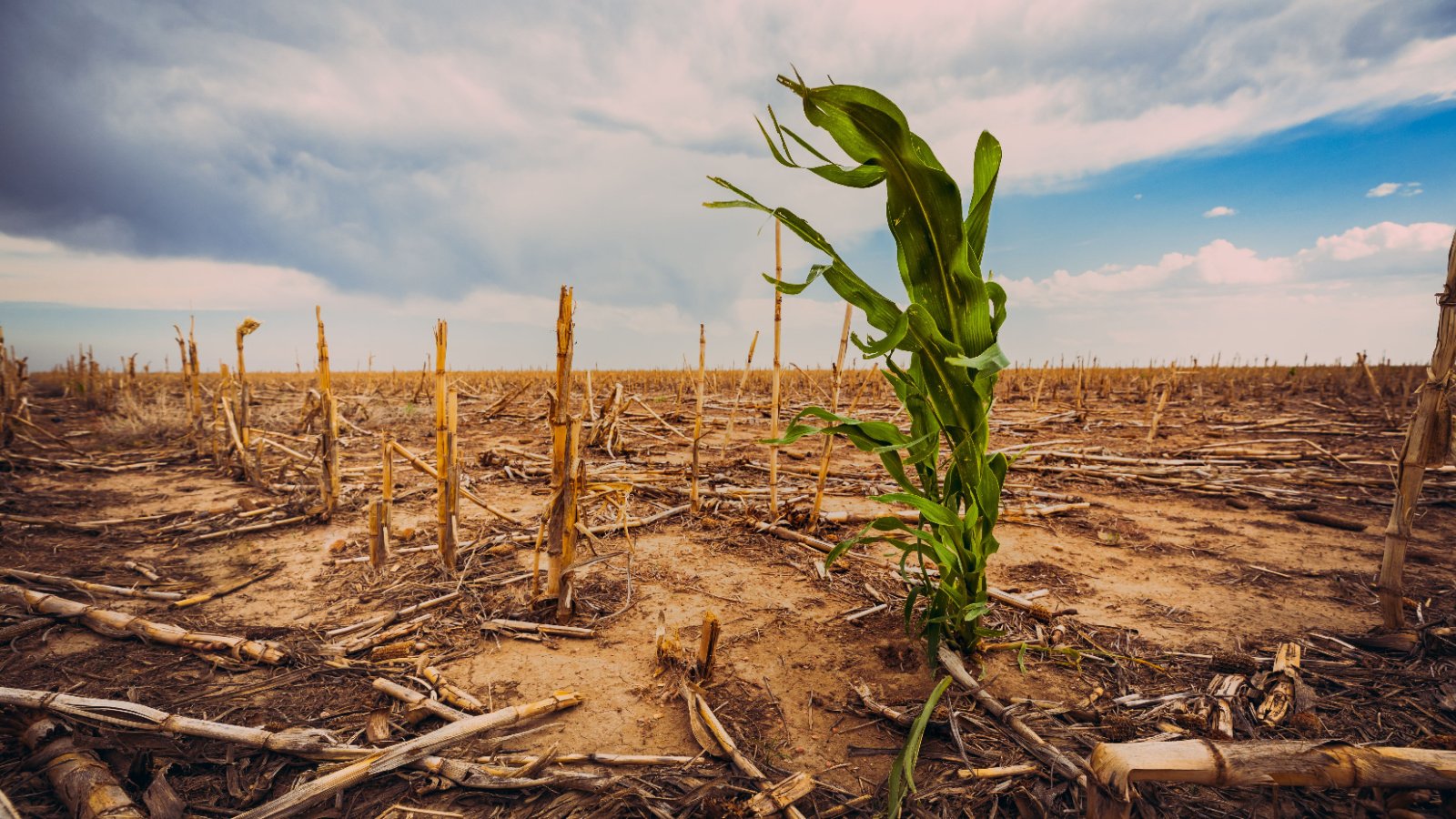
The Great Famine of 1315-1317 in Europe led to widespread starvation and death. Crop failures due to severe weather conditions caused food shortages, leading to the deaths of millions. The social and economic upheaval that followed created a desperate and chaotic environment.
The Mongol Invasions

The Mongol invasions of the 13th century, led by Genghis Khan, resulted in the deaths of millions across Asia and Europe. The Mongol army was known for its ruthless tactics and mass slaughter. Entire cities were destroyed, and survivors were left in a state of fear and devastation.
The Thirty Years’ War

From 1618 to 1648, the Thirty Years’ War devastated Europe, resulting in millions of deaths from battle, famine, and disease. This brutal conflict involved numerous nations and was fueled by religious and political rivalries. The widespread destruction and social chaos left deep scars on the continent.
The Cambodian Genocide
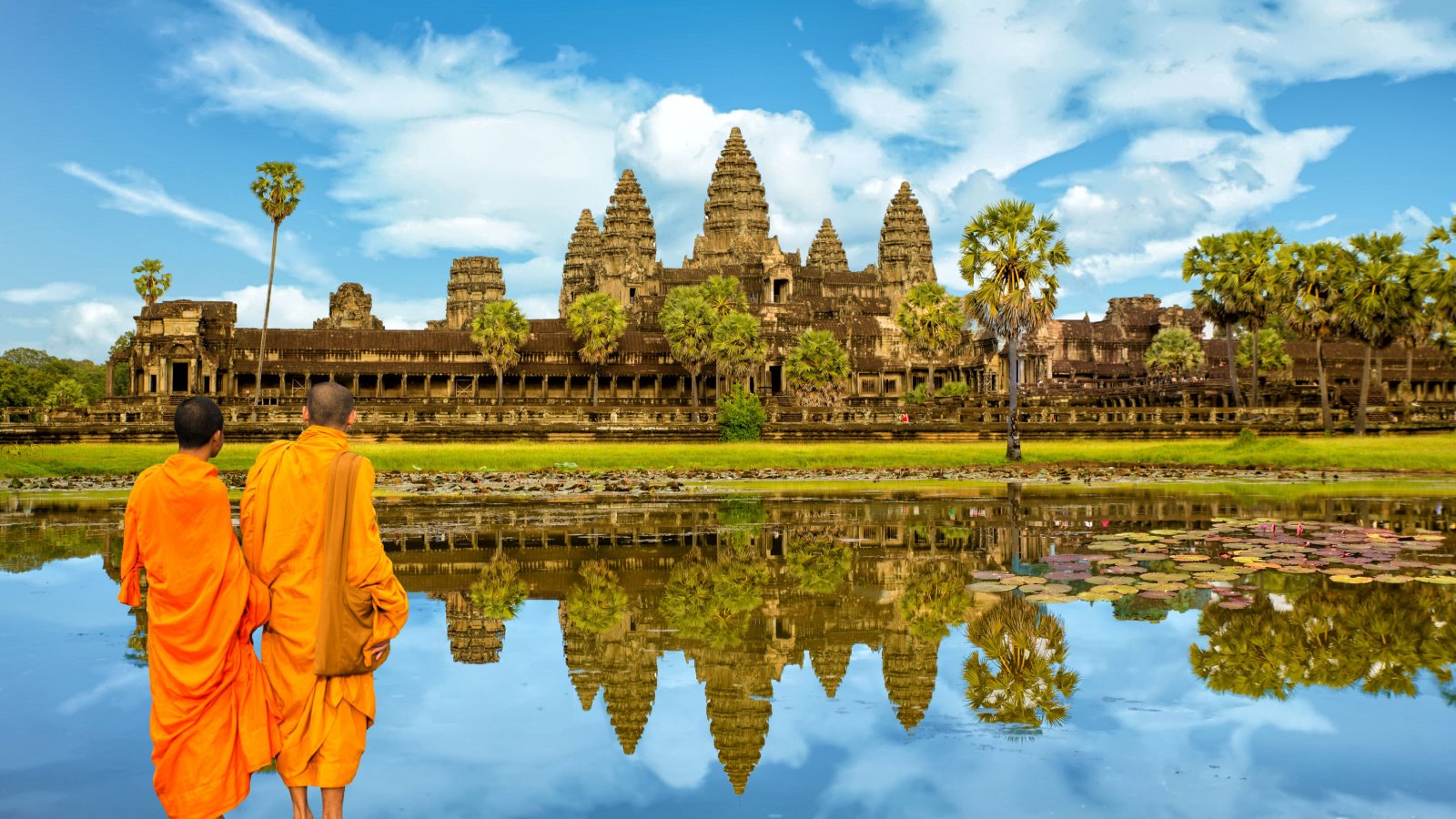
Under the Khmer Rouge regime from 1975 to 1979, an estimated 1.7 million people died due to starvation, forced labor, and execution. The brutal policies of Pol Pot aimed to create an agrarian utopia but led to mass suffering and death. The regime’s collapse left the country in a state of devastation and despair.
The American Civil War

From 1861 to 1865, the American Civil War caused immense death and destruction, with over 600,000 soldiers killed. The conflict tore the nation apart, pitting brother against brother and leading to widespread suffering and hardship. The aftermath of the war left a legacy of division and trauma.
The Irish Potato Famine

The Irish Potato Famine (1845-1852) caused the death of one million people and the emigration of another million. A potato blight destroyed the staple crop, leading to mass starvation and disease. The British government’s inadequate response exacerbated the crisis, leading to widespread suffering.
The Rwandan Genocide

In 1994, the Rwandan Genocide saw the mass slaughter of an estimated 800,000 Tutsi by Hutu extremists. The killings, carried out with machetes and small arms, were fueled by longstanding ethnic tensions. The international community’s failure to intervene left many survivors traumatized and displaced.
The Atomic Bombings of Hiroshima and Nagasaki
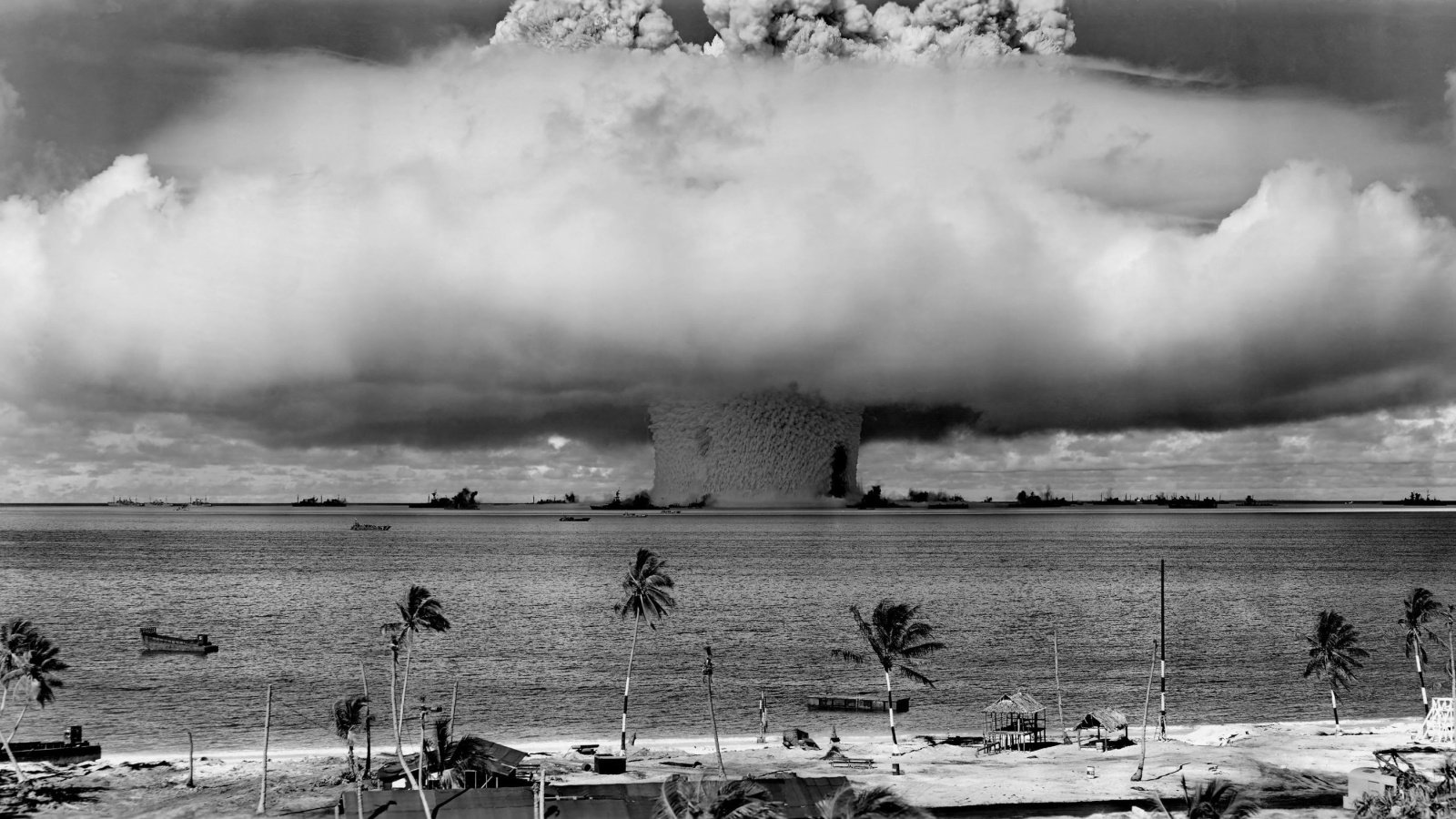
In August 1945, the atomic bombings of Hiroshima and Nagasaki by the United States resulted in the immediate deaths of over 100,000 people, with many more dying from radiation sickness. The sheer destructive power of the bombs and the long-term health effects made this a horrifying moment in history. Survivors faced unimaginable devastation and suffering.
The Japanese Internment Camps

During World War II, over 120,000 Japanese Americans were forcibly relocated to internment camps by the U.S. government. Living conditions in the camps were harsh, with inadequate housing and limited freedom. This period was marked by fear, prejudice, and the loss of civil liberties for those unjustly interned.
The Reign of Terror
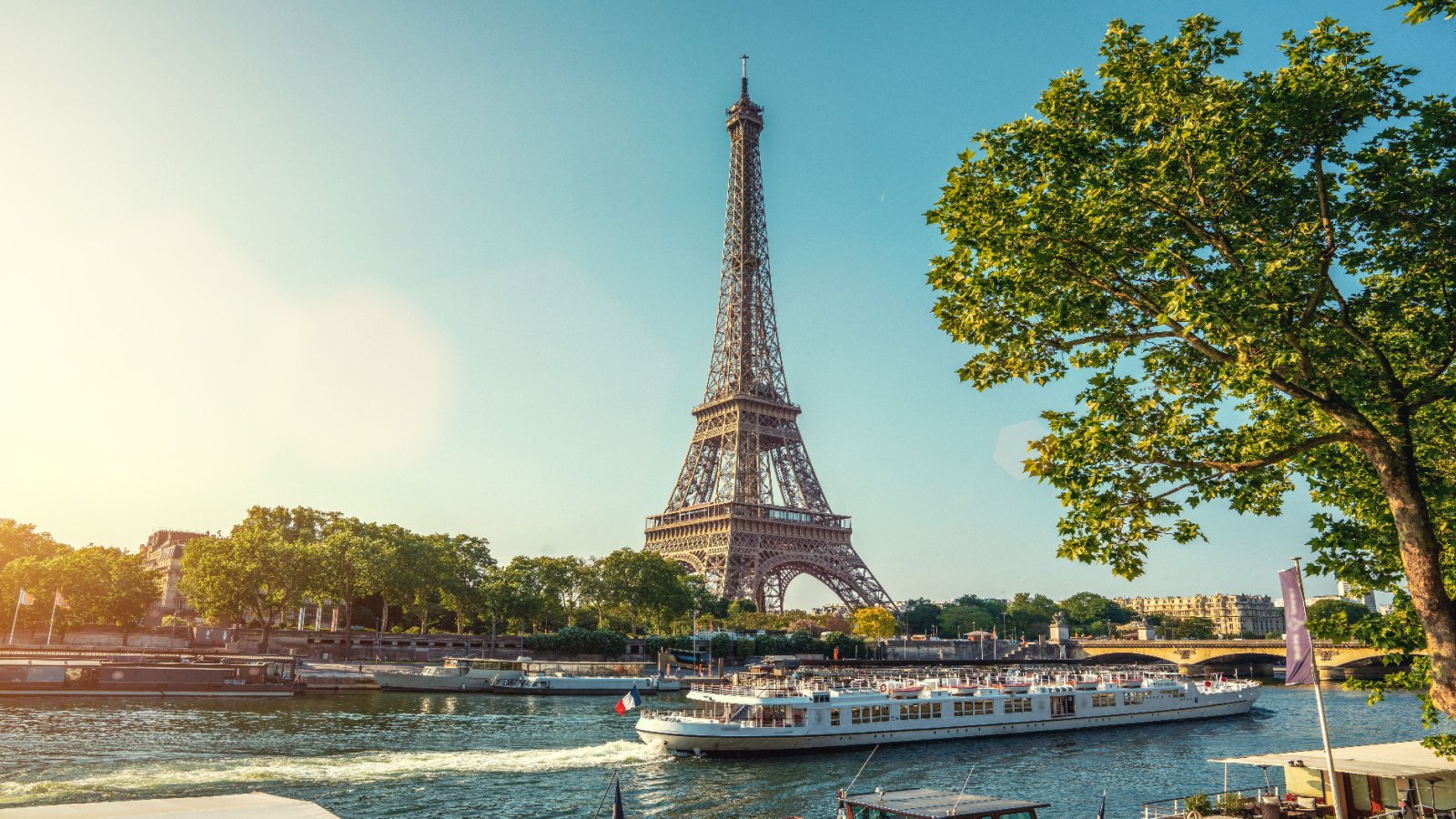
During the French Revolution’s Reign of Terror (1793-1794), over 16,000 people were guillotined, including King Louis XVI and Marie Antoinette. The revolutionary government, led by Robespierre, executed perceived enemies of the revolution without fair trials. The atmosphere of paranoia and the swift, often unfounded accusations made everyday life precarious.
The Fall of Constantinople

In 1453, the fall of Constantinople to the Ottoman Turks marked the end of the Byzantine Empire. The city was besieged and eventually overrun, leading to widespread slaughter and looting.
The Spanish Inquisition

The Spanish Inquisition, beginning in 1478, was marked by brutal persecution and torture of those accused of heresy, particularly targeting Jews and Muslims who had converted to Christianity. Thousands were executed, and many more were imprisoned or exiled. The pervasive fear of being accused and the arbitrary nature of the trials made this a terrifying time.
The Salem Witch Trials

In 1692, the Salem witch trials led to the execution of 20 people, mostly women, accused of witchcraft in Massachusetts. The trials were fueled by mass hysteria, superstition, and personal vendettas. The fear of being accused and the ensuing social chaos created an environment of suspicion and terror.
The Great Fire of London

In 1666, the Great Fire of London destroyed much of the city, leaving thousands homeless. The fire raged for four days, consuming 87 churches and numerous buildings. The disaster prompted significant rebuilding efforts and changes in urban planning.
The Chernobyl Disaster
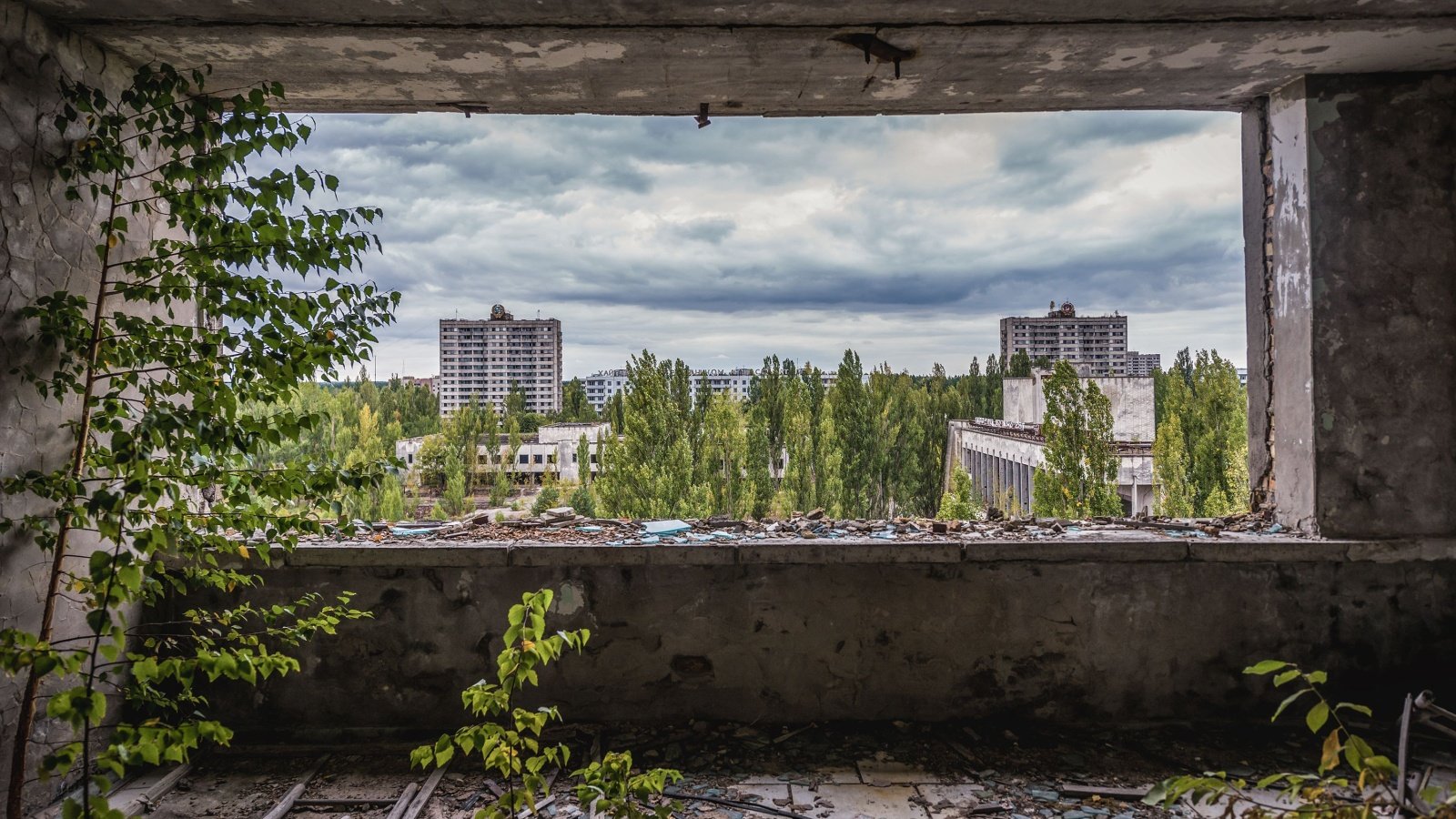
The Chernobyl nuclear disaster in 1986 released massive amounts of radioactive material, causing immediate deaths and long-term health effects. The explosion and subsequent fire contaminated large areas, leading to the evacuation of entire towns. The disaster highlighted the dangers of nuclear power and led to increased safety measures.
The Dust Bowl

During the 1930s, the Dust Bowl devastated the American Midwest, displacing thousands of farming families. Severe dust storms caused by drought and poor agricultural practices rendered land infertile. The crisis exacerbated the Great Depression, leading to widespread poverty and migration.









Die Mindesteinzahlung ist mit 20€ festgelegt, was einem gängigen Betrag
in der Branche entspricht. Abschließend lässt sich sagen,
dass Rolletto Casino nicht nur durch seine vielfältige Spielauswahl überzeugt,
sondern auch durch die Zusammenarbeit mit erstklassigen Softwareanbietern. Mit einer Mindesteinzahlung von nur 20 €/$
ist er leicht zugänglich. Der eSports-Willkommensbonus von Rolletto verdoppelt die erste
Einzahlung auf bis zu 500 €/$, ideal für eSports-Fans. Die Mindesteinzahlung ist fair,
und der maximale Einsatz pro Spin ist typisch.
Wenn Sie sich fragen, wo Sie anfangen sollen, finden Sie hier einige der besten Slots,
die einen Blick wert sind. Genießen Sie 350 Freispiele ohne Wetteinsatz bei Spielen wie Eye of Horus, Fishin’ Frenzy und mehr.
Insgesamt bietet Rolletto ein entspanntes, stressfreies Erlebnis.
Die Registerkarten „Casinospiele“, „Live-Dealer“, „Sportwetten“ und „Aktionen“ sind alle übersichtlich angeordnet.
Alles ist leicht zu finden, da alle Symbole ordentlich angeordnet sind.
Egal, ob Sie neu oder erfahren sind, im Rolletto Online
Casino finden Sie ein reibungsloses Erlebnis.
References:
https://online-spielhallen.de/evolve-casino-auszahlung-ein-umfassender-guide-fur-deutsche-spieler/
Die Boni an den Spielautomaten in PSK sind großzügig, ich habe 50 Freispiele
in dieser casino bekommen! Die Gewinnauszahlungen in PSK sind schnell und problemlos,
was bei einer casino wichtig ist. Das Blackjack in PSK hat die besten Auszahlungsquoten, die ich
je in casinos gesehen habe. Sie müssen einen kroatischen Ausweis
und ein in Kroatien eröffnetes Bankkonto
haben, um hier zu spielen
PSK Casino bietet seinen Spielern in Deutschland verschiedene attraktive Boni und Promotionen, die das Spielerlebnis zusätzlich bereichern.
Mit sicherem Spiel, schnellen Gewinnausschüttungen und zahlreichen Boni bietet PSK Casino alles, was Sie für eine aufregende Reise durch
die Welt der Glücksspiele benötigen. Entdecken Sie
eine reiche Auswahl an beliebten Slots, Tischspielen und Live-Dealer-Spielen. Diese App ist direkt im offiziellen Google Play Store verfügbar.
PSK Casino fördert verantwortungsbewusstes Spielen und bietet Unterstützung für Spieler, die Hilfe
benötigen. Die App bietet Filteroptionen nach Kategorien, Themen oder Anbietern,
um ein individuelles Spielerlebnis zu gewährleisten.
References:
https://online-spielhallen.de/n1bet-casino-erfahrungen-mein-umfassender-bericht-nach-10-jahren-spielpraxis/